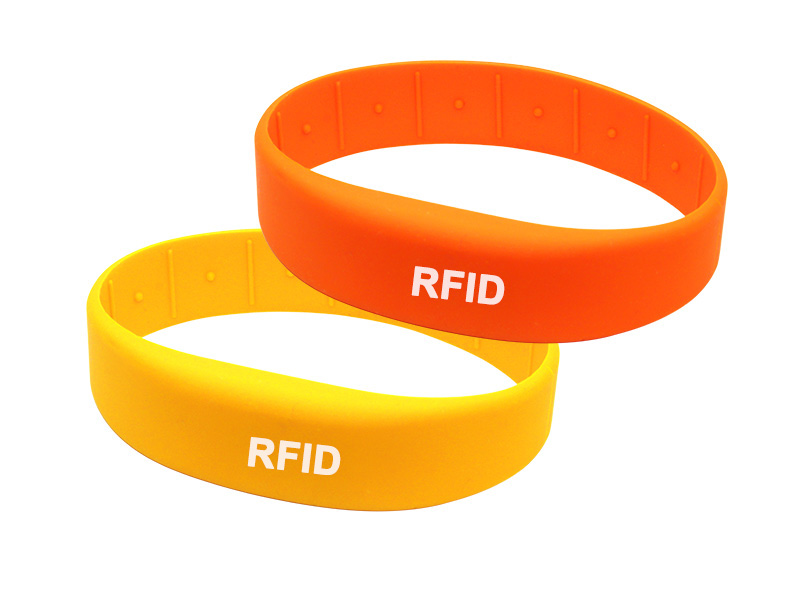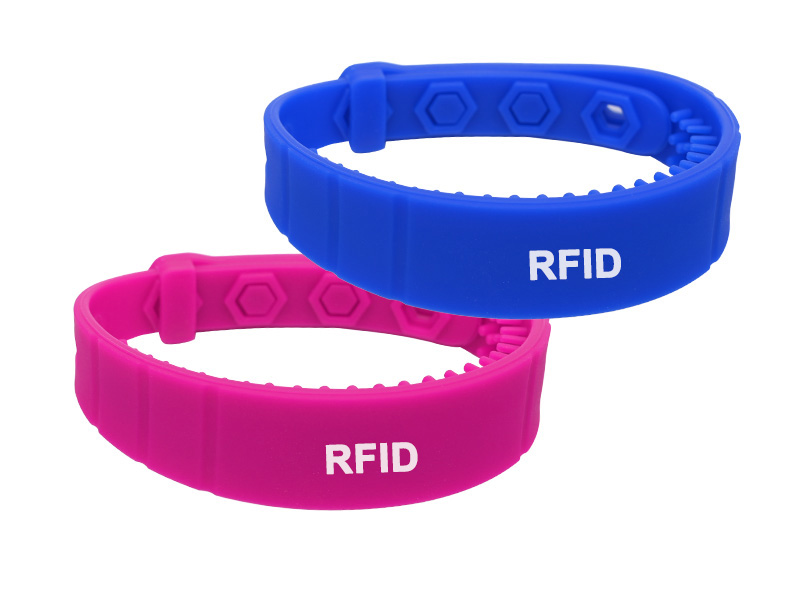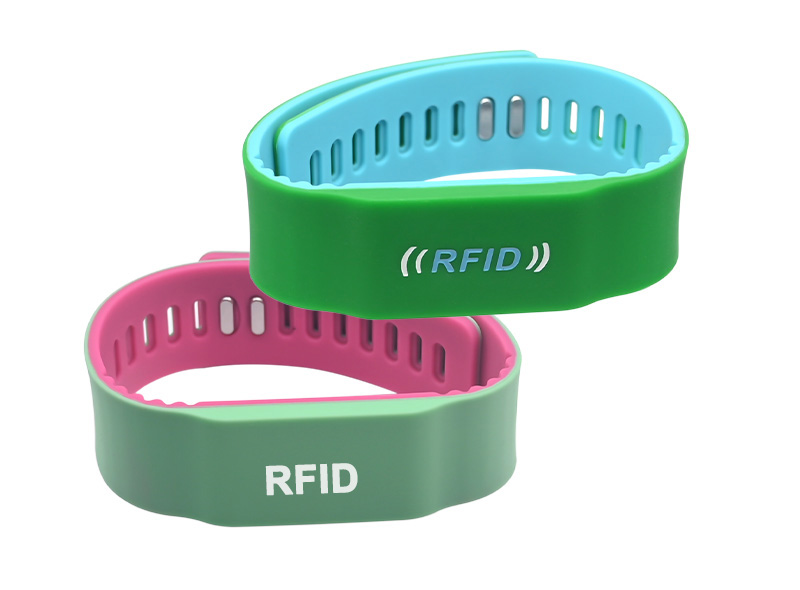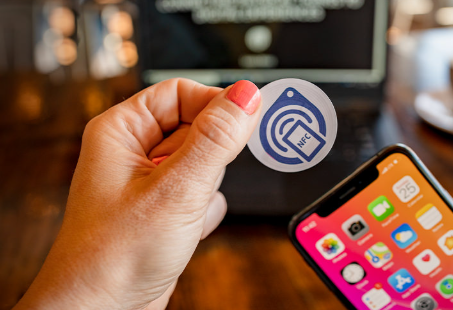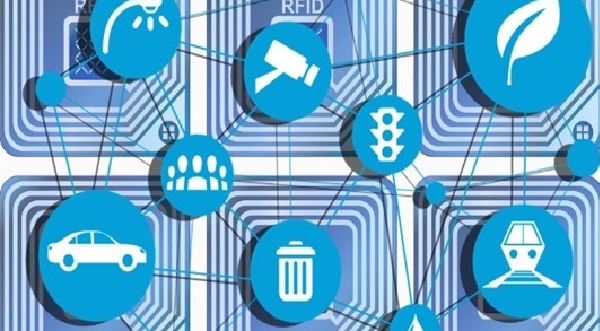Innovative Application and Advantage Analysis of RFID and IC Card Technology
Types and characteristics of IC cards
Contact IC card
Contact IC card, as a representative of integrated circuit card, is a plastic card with built-in integrated circuit chip. Its design and dimensions follow international standards such as ISO/IEC 7816 and GB/T16649. These cards are typically equipped with non-volatile memory (such as ROM, EEPROM), protective logic circuits, and even embedded with microprocessor CPUs. Only IC cards equipped with CPUs can be called true smart cards.
Keychain card
Keychain card, as a type of induction card, is widely seen in the market, including keychain ID card, keychain IC card, and keychain T5577 card. The outer shell is made of refined molds and finely pressed with advanced anti-corrosion and high-temperature resistant materials, while the RF card chip is cleverly encapsulated inside. After being filled with epoxy resin and assisted by ultrasonic welding technology, a durable and practical keychain card is finally created.
The key features are: compact and durable in appearance, and its material has excellent stability and corrosion resistance, ensuring that it will not fade after long-term use. In terms of functionality, it has the characteristics of waterproofing, shock resistance, and corrosion resistance, further enhancing its durability. In terms of portability, it can be easily hung on a keychain, making it extremely convenient to carry around. In terms of diversity, we offer a variety of styles and colors for customers to choose from, and can also customize according to the appearance design provided by customers. In terms of flexibility, the card can package multiple chips such as 125Khz or 13.56Mhz, and supports composite packaging requirements. In terms of recognizability, the card can be printed with ID codes and serial numbers for easy identification in various application scenarios.
The application scope is wide, including access control, public transportation, parking lot management, identity authentication, attendance, ticket sales, and membership management. In addition, a variety of chip types are available for selection, such as EM4100, TK4100, etc., to meet the needs of different customers.

RFID wristband and applications
RFID silicone wristband
RFID wristband, also known as radio frequency wristband, utilizes wireless radio frequency technology for data transmission. RFID silicone wristbands occupy a place in the market with their unique advantages. It adopts a watch style design, which is easy to wear and elastic, making it very convenient to use. At the same time, it also has waterproof, moisture-proof, shockproof functions, and excellent high temperature resistance. This design is not only suitable for NFC mobile payments, but is also commonly used in humid environments such as hospitals (such as maternity and child wristbands), swimming pools, saunas, and even in harsh conditions such as cold storage and outdoor operations. RFID silicone wristbands are widely used and are an ideal choice for access control in various places.
In terms of material, silicone is used to package low-frequency chips (LF, 125KHz), such as; High frequency chips (HF, 13.56MHz), such as NTAG 213. The size specifications are as follows: the open-loop size is 248mm, 16mm, and 1.5mm, while the closed-loop size has multiple options including diameters of 65mm, 74mm, 60mm, 50mm, and 45mm. We provide customized services such as screen printing and laser coding, with a working temperature range of -50 ℃ to 210 ℃, ensuring stable operation in different environments.
Other materials wrist straps
In addition, RFID wristbands are made of various materials such as PVC and nylon, which can meet the needs of different application environments. According to different frequencies, RFID wristbands can be divided into low frequency, high frequency, and ultra-high frequency types; In terms of material selection, besides silicone, there are other suitable options to adapt to specific usage scenarios.
The advantages of contactless IC cards
Non contact IC card, also known as radio frequency card, cleverly integrates radio frequency identification technology with IC card technology, successfully solving the problems of passive and contactless, and becoming a major innovation in the field of electronic devices. This card is equipped with an IC chip and an induction antenna, packaged in standard PVC material, ensuring convenience and durability in use. When the card approaches the reader within a specific distance, data reading and writing operations can be easily completed through the transmission of radio waves. In addition, the communication frequency between the non-contact IC card and the card reader is stable at 13.56MHz, ensuring the efficiency and accuracy of communication. Under the ISO15693 standard, common non-contact IC cards include NXP I.CODE SLI, TI Tag_it HF-I, and ST LRI tag cards.


